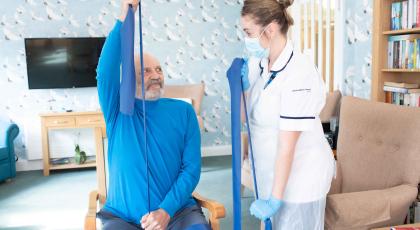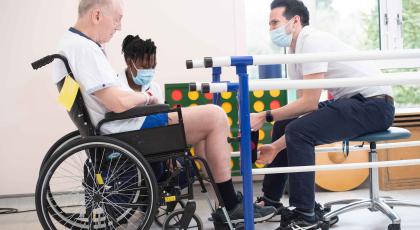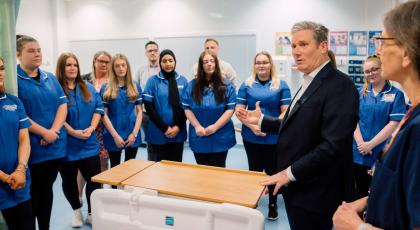Find out more about the CSP's role in shaping community rehabilitation and recovery services across the UK
All the information you need about how the CSP is ensuring equitable access to high-quality, person-centred rehabilitation and recovery services, based in the community.
Rehabilitation and recovery services make people’s lives better, yet many of those who could most benefit face barriers to accessing them. We want to change that.
Key rehab resources
Best practice resources, innovation and guidance to help you shape rehabilitation and recovery services

Experiences of rehab and recovery
Teen Dominic, mum-of-two Lizzie and retiree Annette had their lives transformed by rehab, but for those who lose out, the cost can be catastrophic

The Right to Rehab campaign
We already know that rehabilitation works and that more needs to be based outside hospitals, in the community, closer to home.
But to do this, we need to reshape services, and overcome long-standing challenges.

Rehab champions
The CSP's rehab champions in parliament support the #RightToRehab and help us to campaign for policy and legislative change.

Rehab alliances working across the UK
We are continuing to build alliances across the UK, committed to lobbying to improve access to quality rehab and recovery services across the UK.

